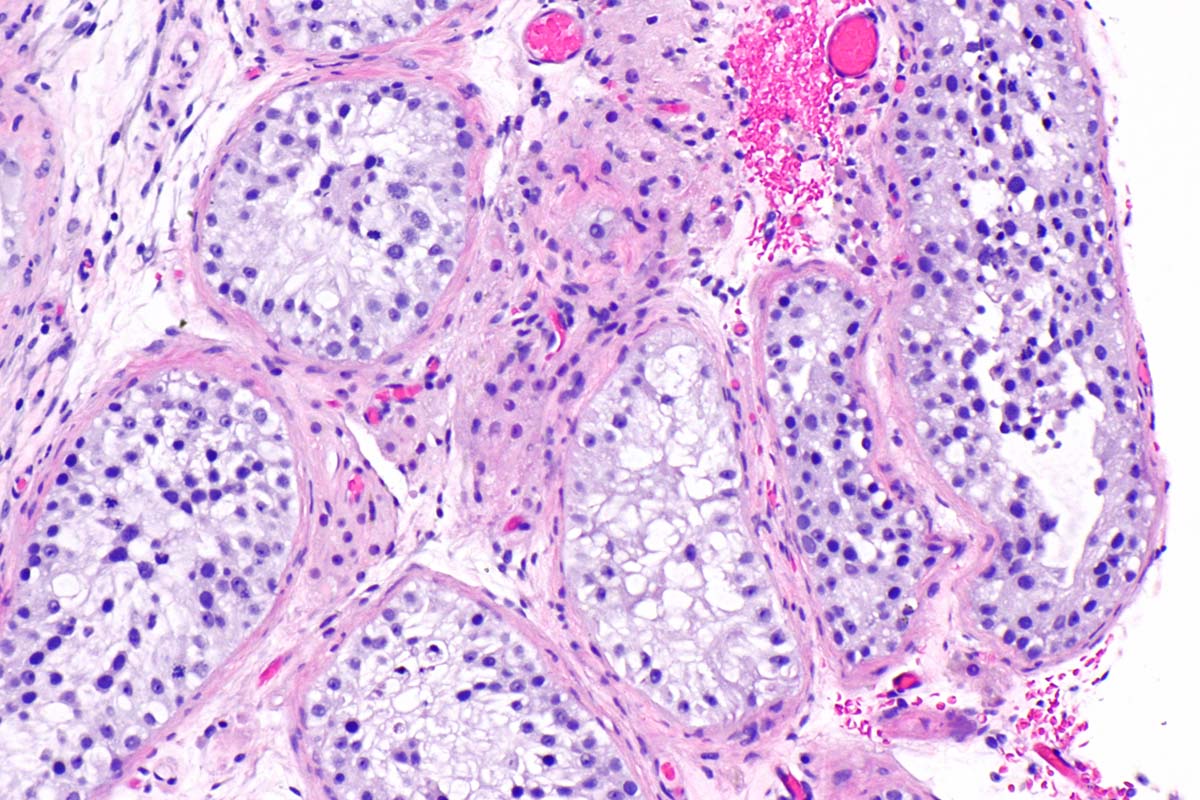
Infertility is a biological inability of an individual to contribute to conception. If the couple has not conceived after a year of attempts without using any means of contraception, is considered that one or both of the partners may be infertile. The woman’s age plays a significant role in diagnosing infertility. If the women is older than 35 and the couple has not conceived after 6 months of contraceptive-free intercourse, the couple is considered infertile.
Prevalence
The problem of infertility strikes approximately one out of the seven couples. Male infertility is an inability of a male to achieve a pregnancy in a fertile female. Male fertility is responsible for 35% to 40% of all infertility cases. Sometimes both partners may be infertile, and this happens in 20% to 30% of all infertility cases. Public awareness is more focused on the problem of female infertility, especially in certain cultures. However, this problem strikes equally men and women but the women. Unfortunately, in many cases take the whole blame. Rising awareness about this problem and understanding it completely may be extremely important, as there are a great number of successful male infertility treatments available.
Understanding male infertility
Normally, men produce healthy sperm that can reach, penetrate and finally fertilize women’s egg. In order to be capable to reproduce, men must have at least one healthy functioning testicle that produces testosterone and maintains sperm production. The perm has to be carried into the semen without any obstacles and the sperm count has to be sufficient to increase the possibility of fertilizing the egg. The ejaculated semen contains approximately 200 million sperm. However, only the 400 sperm survive, and only ten percent of this number actually reaches the egg. Just one sperm is needed to fertilize the egg and this will happen only if the process of capacitation is successful. Low sperm count is thus a very serious issue that severely lessens the chances of fertilization. But, not only number of sperm in the semen is significant. The shape of the sperm also plays an important role. The actual form of the sperm determines its ability to move, reach and penetrate women’s egg.
Causes of male infertility
Male infertility may be caused by various factors. The factors may be medical, environmental or due to one’s lifestyle.
Health problems associated with male infertility include variococele, infections that obstruct normal sperm production or block the passage of sperm, retrograde ejaculation in which the semen goes back to the bladder instead of being ejaculated, lack of ejaculation, production of anti-sperm antibodies, cancers of reproductive organs, undescended testicles, hormone imbalances or problems with erection or ejaculation.
Environmental factors include exposure to pesticides, heavy metals, radiation, prolonged bicycling and overheating the testicles.
Lifestyle causes include illegal drug and alcohol abuse, smoking tobacco, high levels of unmanaged stress, vitamin deficiency, obesity and old age. Men older than 35 are less fertile than younger men, and this decline in fertility increases gradually with aging.

















Your thoughts on this
Loading...